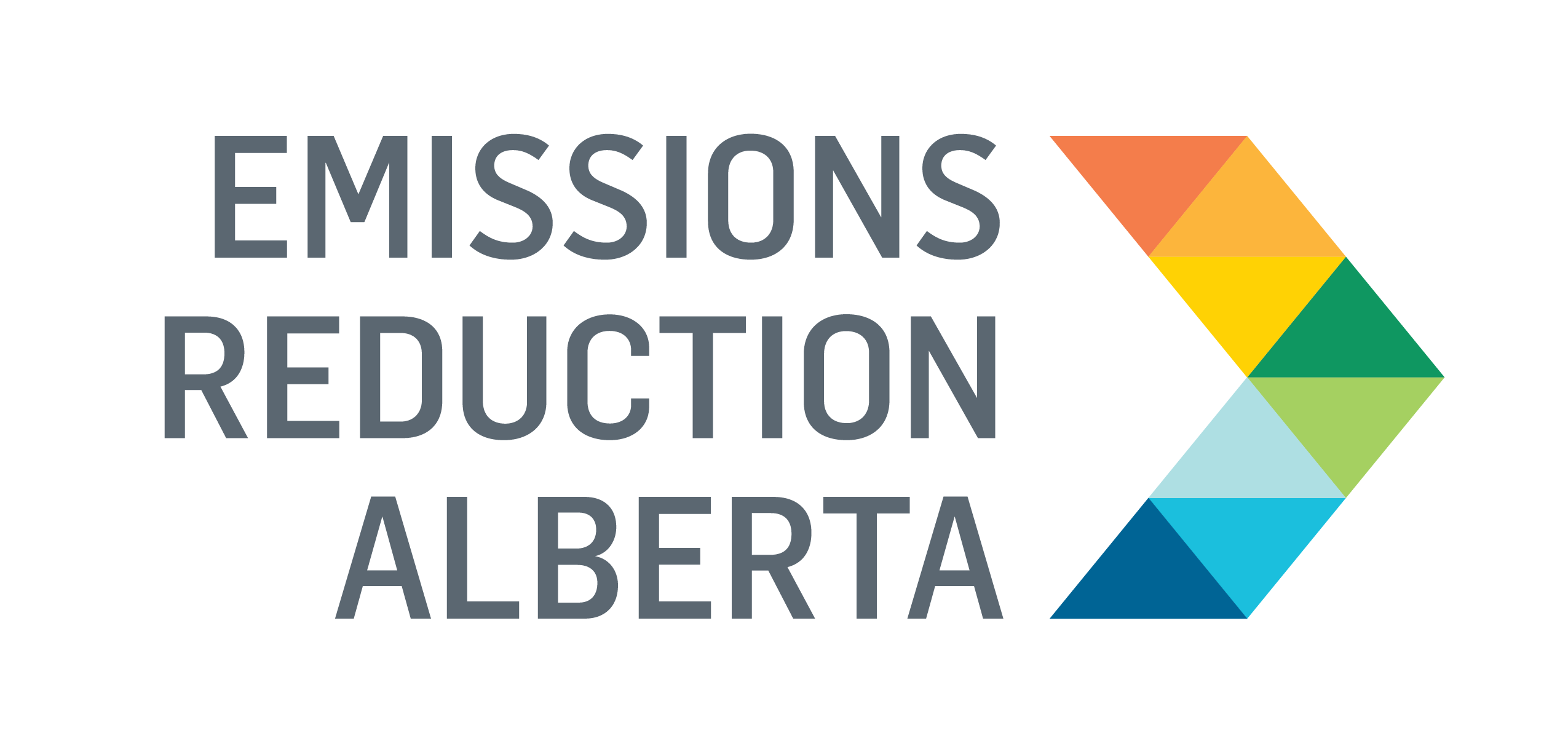Creating a Natural Solution to Landfill Methane
Funded through Round 9: Biological Greenhouse Gas (GHG) Management in 2015, this project tested a new type of landfill cover that naturally reduces methane emissions and prevents rainwater from getting into the waste. The results showed that this new cover works as well or better than traditional clay covers and could help reduce GHG emissions at landfills across Alberta.
The project tested a new landfill cover called an “Evapotranspiration Landfill Biocover” or ETLBC. This cover combines two natural processes: one that helps water evaporate and move through plants (evapotranspiration), and another that uses soil bacteria to break down methane gas into a much less harmful gas, carbon dioxide. Unlike traditional clay covers that act as a barrier to keep rainwater out, the ETLBC uses layers of soil and vegetation to soak up water and slowly release it, helping prevent leaks into the waste below. At the same time, methane rising from the landfill passes through the soil, where naturally occurring bacteria eat it and turn it into carbon dioxide and water vapour. This transformation is important because methane is a much more powerful greenhouse gas than carbon dioxide. The technology is novel because it uses natural materials and processes instead of expensive pipes or machines, making it a cheaper and lower-maintenance solution for reducing emissions from landfills, especially smaller ones that can’t afford gas collection systems. Being a natural process, once an ETLBC is in place, there is no requirement for external energy or mechanical equipment contributions other than regular maintenance, as required.
Achieving Nearly 100% Methane Reduction
The project provided several important lessons about the technical performance, regulatory acceptance and broader feasibility of ETLBC technology in Alberta’s climate. Field trials and modelling confirmed that the evapotranspiration cover performed as well as or better than conventional compacted clay systems in limiting moisture infiltration, particularly during high-precipitation periods. The biocover component demonstrated methane oxidation rates of up to 93 per cent, exceeding initial expectations and confirming the viability of passive methane control using methanotrophic bacteria in local soil conditions. One key regulatory milestone was the successful approval of the ETLBC system by Alberta Environment and Parks as an alternative final cover, demonstrating that the technology can meet existing standards with proper evidence and design. However, marketability remains somewhat constrained by current landfill regulations, which require formal approvals to deviate from clay-based systems. The project also highlighted the importance of early engagement with regulators and the need for clear, cost-effective monitoring protocols to support carbon offset credit generation.
What’s next?
Overall, the project showed that ETLBC systems are technically feasible and cost-effective for small to mid-sized landfills, but widespread adoption will depend on regulatory flexibility and the successful development of offset quantification protocols. After the project was completed in 2021, the technology progressed from pilot trials to regulatory acceptance and is being tested at several landfill sites across Canada, continuing to generate strong data supporting its use in semi-dry regions.
